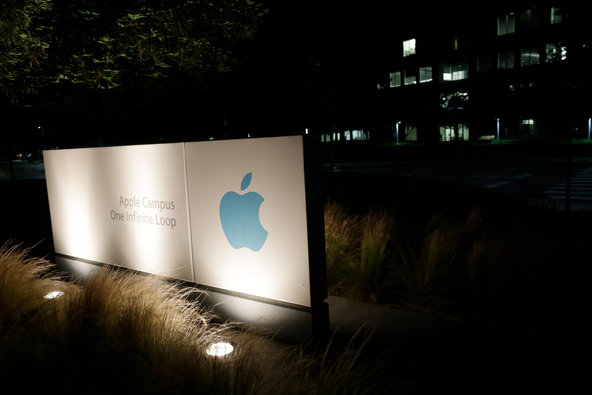The remarks, made during a conference call on the company’s second-quarter earnings, were the most extensive Mr. Witty has made about the scandal that his company is facing in China, where authorities have accused executives of using travel agencies to funnel illegal payments to doctors and government officials.
“I am very personally disappointed with these allegations that have been made,” Mr. Witty told reporters. “Clearly they are shameful allegations if they are true.”
He revealed few new details about the investigation, but said that the company was working with the Chinese government and that it has “opened up channels” with the British and United States governments. The company disclosed in 2010 that the United States was investigating Glaxo for possible violations of its overseas anti-bribery laws.
Mr. Witty said the ongoing Chinese investigation was likely to affect sales in the country but said it was too early to know specifics. “We continue to see the country as a key place for further investment,” he said.
The company posted second-quarter net income of 1.05 billion pounds, or $1.67 billion, on revenue of 6.62 billion pounds. That was a decrease from net of 1.24 billion pounds in the same quarter a year ago, but sales were up from 6.46 billion pounds last year.
Mr. Witty also sought to distance the company’s London headquarters from the scandal, saying that the central office “knew nothing” about the alleged fraud and that the executives accused of wrongdoing operated outside the company’s normal surveillance systems.
Since taking over as chief executive in 2008, Mr. Witty has tried to promote the company as a leader in ethical and transparent behavior. In 2012, Glaxo agreed to pay a fine of $3 billion to settle charges in the United States that it had improperly promoted its antidepressants and failed to report safety data about the diabetes drug Avandia
“To be crystal clear, we have zero tolerance for this kind of behavior,” Mr. Witty said. “I can assure you we are absolutely committed to rooting out corruption and we are also absolutely committed to getting to the bottom of what has happened here.”
The company’s response to the crisis has evolved considerably since reports of bribery first surfaced a few weeks ago. Glaxo officials initially stood by statements that the company had not engaged in wrongdoing, saying it had investigated the claims and found them to be without merit.
But it changed its tone after Chinese investigators raided company offices, detained four executives and went public with unusual detail about the practices they had uncovered. Mr. Witty dispatched top management to China to meet with investigators, and he acknowledged that some of the executives there may have broken the law.
Meanwhile, the inquiry has expanded to include other pharmaceutical companies. On Tuesday, AstraZeneca said some of its employees had been questioned in Shanghai, and Merck and Roche acknowledged over the weekend that they had used the same small travel agency that has been implicated in the Glaxo investigation.

Article source: http://www.nytimes.com/2013/07/25/business/global/glaxo-chief-executive-addresses-china-probe.html?partner=rss&emc=rss
